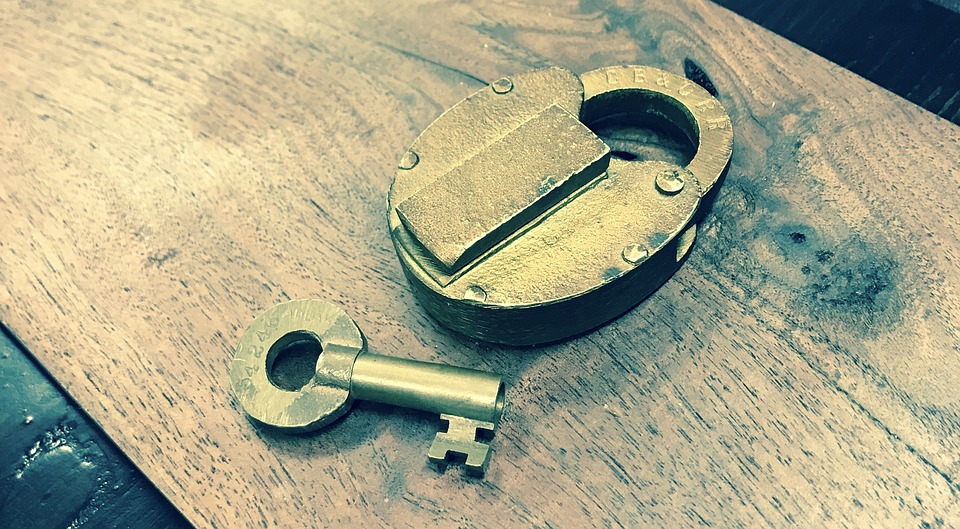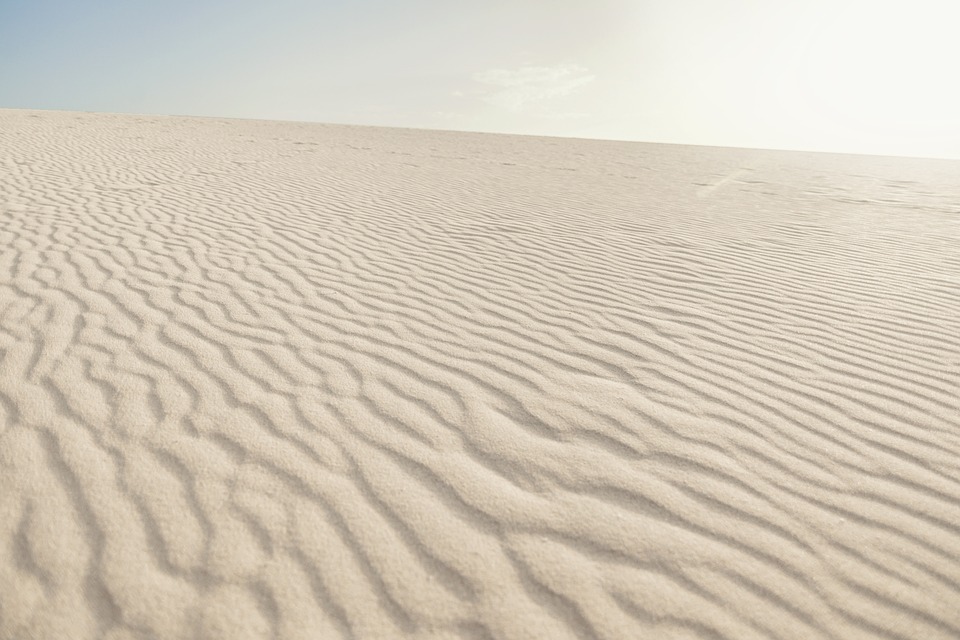Unlocking the Mysteries: An Inside Look into the Formation of Hurricanes
Image: The formation of a hurricane in the Atlantic Ocean.
Hurricanes, also known as typhoons or cyclones in different parts of the world, are among the most powerful and destructive natural phenomena on Earth. Their formation is a complex process that involves a delicate balance of atmospheric conditions. This article takes an inside look at how hurricanes form and the factors that contribute to their growth.
The Birth of a Hurricane
The process of hurricane formation typically starts over warm tropical waters near the equator. For a hurricane to form, several conditions must be met:
-
Warm ocean waters (at least 26.5°C or 80°F): These warm waters are the energy source for a hurricane. The heat is transferred from the surface of the ocean to the air above, causing the air to rise rapidly.
-
Moist air: As the warm, moist air rises, it creates an area of low pressure below. This low pressure draws in more moist air from the surrounding area, fueling the storm’s growth.
-
Low wind shear: Wind shear refers to the change in wind direction or speed with height. Low wind shear allows a hurricane to maintain its structure and continue to grow. High wind shear can disrupt the storm’s circulation, weakening it or even preventing it from forming.
- Disturbances in the atmosphere: Stirring up the atmosphere can help initiate the formation of a hurricane. These disturbances can be due to the presence of a tropical wave, an area of low pressure stretching across hundreds of miles, or the interaction between upper-level troughs (associated with cooler air masses) and tropical disturbances.
The Life Cycle of a Hurricane
Once these conditions are met, a tropical disturbance can develop into a tropical depression, with sustained winds of up to 39 mph. As the storm gathers strength and rotates faster, it can become a tropical storm, with sustained winds ranging from 39 to 73 mph. If conditions remain favorable, a tropical storm can intensify into a hurricane, with sustained winds of 74 mph or greater.
The life cycle of a hurricane can be divided into several stages:
-
Tropical disturbance: A tropical disturbance is a disorganized series of thunderstorms over warm ocean waters, often associated with a tropical wave.
-
Tropical depression: Once the low-pressure system is more organized, it is classified as a tropical depression. The winds around the system are below 39 mph.
-
Tropical storm: As the storm continues to organize and the winds increase, it is called a tropical storm. The winds are now between 39 and 73 mph.
-
Hurricane: When the storm’s sustained winds reach 74 mph, it is officially classified as a hurricane. A hurricane has a well-defined eye and eyewall, which are the areas of lowest pressure and highest winds, respectively.
-
Intensification: A hurricane can continue to intensify if it remains over warm waters and encounters low wind shear. The winds can reach up to 155 mph or higher, making the storm a major hurricane on the Saffir-Simpson Hurricane Wind Scale.
-
Landfall: When a hurricane moves onshore, it brings heavy rainfall, strong winds, and destructive storm surges to coastal areas.
- Weakening: As a hurricane moves over land or cooler waters, it loses its source of heat and moisture. This causes the storm to weaken and eventually dissipate.
FAQs
-
What causes hurricanes to form over warm ocean waters?
Hurricanes form over warm ocean waters because they need warm, moist air as their primary energy source. As the warm air rises, it creates an area of low pressure that draws in more moist air, forming the storm.
-
Why don’t hurricanes form close to the equator?
Hurricanes require the Coriolis force, which is the deflection of moving objects due to the Earth’s rotation, to maintain their circulation. Near the equator, the Coriolis force is too weak to keep the storm organized, preventing hurricanes from forming close to the equator (less than 5° latitude).
-
How do hurricanes lose energy and weaken?
As a hurricane moves over land or cooler waters, it loses its primary energy source (warm, moist air) and encounters increased friction from the ground. This causes the storm to lose strength and eventually dissipate.
-
Why do hurricanes rotate counterclockwise in the Northern Hemisphere?
The rotation of hurricanes is dictated by the Coriolis force, which causes moving objects to be deflected to the right in the Northern Hemisphere. This results in the counterclockwise circulation of hurricanes in the Northern Hemisphere and clockwise circulation in the Southern Hemisphere.
- What is the significance of the eye and eyewall of a hurricane?
The eye of a hurricane is the region of lowest pressure, with calm conditions and clear skies. Around the eye is the eyewall, which contains the strongest winds and heaviest rainfall in the storm. It is the eyewall that produces the most damage, as it sweeps across coastal areas during landfall.



